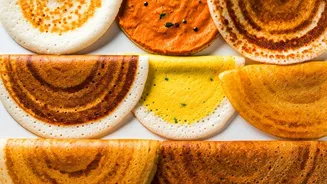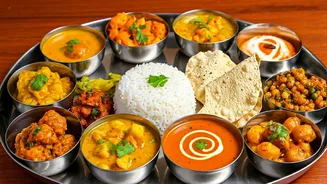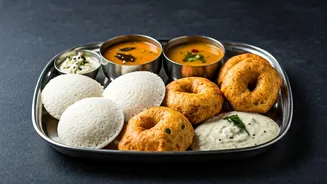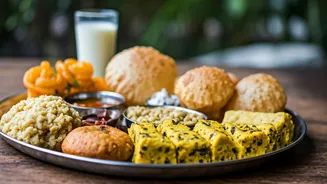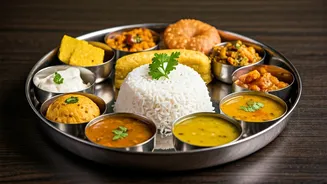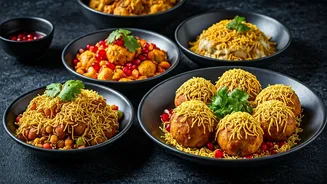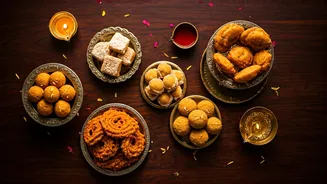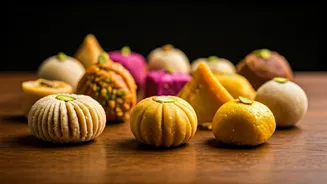A South Indian Staple
Medu Vadai holds a special place in South Indian cuisine, frequently enjoyed for breakfast or as a snack. It's often paired with idli, dosa, or pongal,
creating a complete meal. South Indian restaurants commonly offer combo dishes that prominently feature the vadai. During festivals, the medu vadai is also an integral part of the offerings to deities. While dal vadais are a common offering, udad dal vadai is also used. The ubiquity of medu vadai speaks volumes about its popularity and cultural significance. This dish is not just food; it's a part of traditions and celebrations.
Essential Ingredients Needed
To make Medu Vadai, you will need a handful of key ingredients. Firstly, you will require 3 cups of udad dal (split black lentils). Ensure that the lentils are cleaned and washed thoroughly before soaking them in water for a duration of 1.5 to 2 hours. Next, you'll need 4 medium-sized green chilies, adjusting the quantity based on your preferred level of spiciness. Add 2 teaspoons of whole peppercorns. If peppercorns aren't available, you can use pepper powder, adding it to the batter after grinding. Don't forget salt to taste and 1 teaspoon of asafoetida/hing powder to enhance the flavor. Finally, a few sprigs of curry leaves are added. Also, you will need sufficient oil for deep frying the vadas.
Grinding the Batter
The method begins with draining all the water from the soaked udad dal. Combine the lentils with green chilies, salt, peppercorns, and asafoetida powder in a blender or mixer. The resulting batter should be quite thick. Be cautious about adding water during the grinding process, only adding a tablespoon or two if absolutely necessary, to prevent the batter from becoming too soft or soggy. Once ground, transfer the batter to a bowl. Incorporate the curry leaves, mixing well with a large spoon to ensure an even distribution. This step is essential in preparing the batter that will make light and airy vadas.
Shaping the Vadas
There are several methods for shaping the vadas. One involves using a banana leaf or a zip-loc bag. If using a zip-loc bag, lightly oil one side. Keep a small bowl of water nearby. Wet your hand, take a small ball of the thick batter, and place it on the oiled surface. Flatten the batter slightly, then make a hole in the center using your finger. If the batter sticks to your fingers, dip them in the water. Shape the vadas just before frying them. Meanwhile, heat oil in a kadai or tawa for deep frying. This will ensure that the vadas cook evenly and achieve a perfect shape.
Frying to Perfection
Once the oil is hot, gently slide the shaped vadas into the oil, taking care to avoid splashes. Drop all the shaped vadas into the hot oil and deep fry until they are done. To test if the oil is hot enough, drop a small piece of the batter into the oil; it should rise immediately with a sizzle. Maintain a medium flame during frying as it takes time for the vada to cook inside. Flip the vadas carefully to cook them evenly on the other side. Cooking on a medium flame ensures that the vada cooks from the inside without burning the outside. The aim is to get a perfect golden brown color on the outside while maintaining a soft interior.
Tips for Great Vadas
Several factors contribute to making perfect medu vadas. First, once the batter is ground, it should not be allowed to ferment or sit out for an extended period. The crispiness of the vada depends on the right consistency of the batter. Another method involves wetting your hand, taking a small ball of batter, and using your right thumb to make a hole in the center before dropping it immediately into hot oil. This is a quicker way to shape vadas. Shaping the vadas on an oiled plastic sheet is the easiest method for beginners. Proper technique and timing are crucial to achieve the desired texture and taste.
Serving and Variations
Medu Vada is delicious on its own but is typically served with chutney and sambar. When preparing medu vadas for festivals or religious events, people often set aside some vadas to make dahi vadas and sambar vadas. These variations add further versatility to this classic dish. Whether served as a standalone snack or as part of a meal, Medu Vadai always brings a burst of flavor and texture, making it a beloved dish across South India. The versatility of the vada allows for a variety of serving options, enhancing its appeal.


